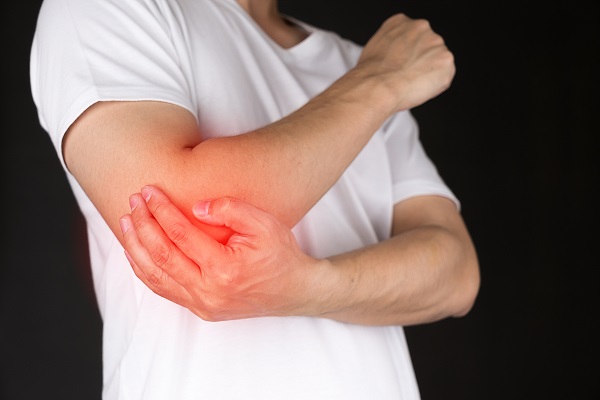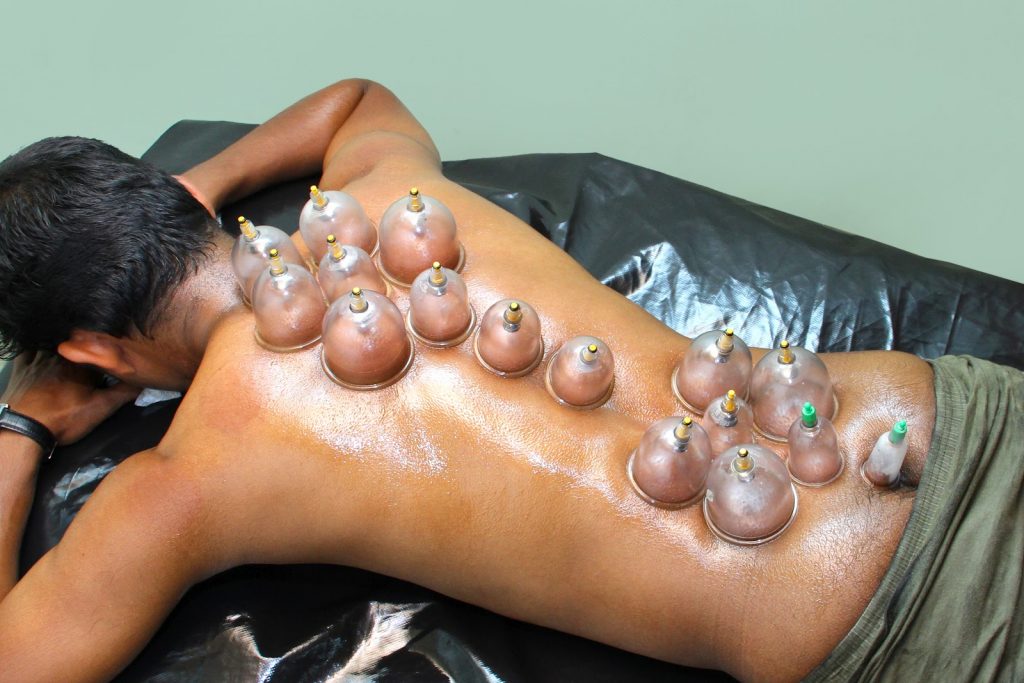Tennis elbow, or lateral epicondylitis, is a common condition characterized by pain and tenderness on the outer part of the elbow. It occurs due to overuse or repetitive stress of the forearm muscles, leading to inflammation and microtears in the tendons. Although commonly associated with tennis players, the condition can affect anyone engaged in repetitive arm movements. Effective management of tennis elbow involves a range of treatment options, from conservative measures to surgical interventions. This article explores these treatment options in detail.
Understanding Tennis Elbow
1. Causes and Symptoms:
- Causes: Tennis elbow is typically caused by repetitive strain on the extensor muscles of the forearm, often from activities that involve gripping or twisting motions.
- Symptoms: Common symptoms include pain and tenderness on the outer elbow, pain that worsens with certain movements, and weakness in the forearm.
Conservative Treatment Options
1. Rest and Activity Modification:
- Rest: Allowing the elbow to rest and avoiding activities that exacerbate the pain is crucial for recovery. This might involve taking a break from sports or modifying work activities.
- Activity Modification: Adjusting techniques or using ergonomic tools can help reduce strain on the elbow. For example, using a different grip or improving posture may alleviate stress.
2. Ice Therapy:
- Application: Applying ice to the affected area can help reduce inflammation and numb pain. Typically, ice should be applied for 15-20 minutes several times a day.
- Benefits: Ice therapy can be particularly effective in the acute phase of the condition to manage swelling and discomfort.
3. Nonsteroidal Anti-Inflammatory Drugs (NSAIDs):
- Types: Over-the-counter NSAIDs, such as ibuprofen or naproxen, can help reduce pain and inflammation.
- Usage: These should be used as directed and are usually effective for short-term relief. Long-term use should be supervised by a healthcare provider.
4. Physical Therapy:
- Exercises: A physical therapist may prescribe exercises to strengthen the forearm muscles, improve flexibility, and restore function. Common exercises include wrist extensions, stretches, and strengthening routines.
- Techniques: Manual therapy, such as massage and stretching, can also help alleviate pain and improve mobility. Techniques like eccentric strengthening exercises have been shown to be particularly beneficial.
5. Bracing and Splinting:
- Elbow Brace: A forearm brace or counterforce brace can help reduce strain on the elbow by resting the muscles and tendons. It works by distributing pressure away from the elbow joint.
- Splints: Using a splint to immobilize the elbow temporarily can help reduce pain and prevent further irritation.
6. Corticosteroid Injections:
- Purpose: Corticosteroid injections can provide temporary relief by reducing inflammation and pain. They are typically used when other conservative treatments have not been effective.
- Considerations: While effective for short-term relief, corticosteroid injections are not a long-term solution and should be used cautiously.
Advanced and Surgical Treatment Options
1. Extracorporeal Shock Wave Therapy (ESWT):
- Mechanism: ESWT involves using shock waves to stimulate healing in the affected tendons. The therapy promotes blood flow and collagen production.
- Effectiveness: Research suggests that ESWT can be effective for chronic cases of tennis elbow, particularly when other treatments have failed.
2. Platelet-Rich Plasma (PRP) Therapy:
- Procedure: PRP therapy involves injecting a concentration of platelets derived from the patient’s blood into the affected area. The platelets contain growth factors that promote healing.
- Benefits: PRP therapy has shown promise in reducing pain and improving function in chronic tennis elbow cases. However, more research is needed to fully establish its efficacy.
3. Surgery:
- Indications: Surgery is typically considered when conservative and advanced treatments have not provided sufficient relief. It is generally reserved for severe or persistent cases.
- Types of Surgery:
- Debridement: Removing damaged tissue and scar tissue from the elbow.
- Tendon Repair: Reattaching or repairing the damaged tendons.
- Recovery: Post-surgery recovery involves physical therapy to restore strength and mobility. The recovery period can vary, but many patients see significant improvement in function and pain relief.
Choosing the Right Treatment
1. Assessing Severity:
- Mild Cases: For mild cases of tennis elbow, conservative treatments such as rest, ice therapy, and physical therapy are usually effective.
- Chronic Cases: Chronic or severe cases may require advanced treatments like ESWT or PRP therapy. If these options do not yield satisfactory results, surgical intervention might be considered.
2. Personalized Approach:
- Individual Needs: Treatment plans should be tailored to the individual’s specific needs, considering factors such as the severity of symptoms, lifestyle, and response to previous treatments.
- Consultation: It is essential to consult with a healthcare provider, such as an orthopedic specialist or a physical therapist, to develop an appropriate treatment plan based on a thorough assessment.
Prevention and Maintenance
1. Ergonomic Adjustments:
- Workplace Modifications: Implementing ergonomic tools and techniques can help prevent the recurrence of tennis elbow. Adjusting workstation setups and using proper equipment can reduce strain on the elbow.
2. Regular Exercise:
- Strengthening: Engaging in regular forearm strengthening and stretching exercises can help maintain muscle balance and prevent future injuries.
- Warm-Up: Proper warm-up routines before physical activities can reduce the risk of overuse injuries.
3. Proper Technique:
- Sports and Activities: Using correct techniques in sports and repetitive activities can minimize the risk of developing tennis elbow. Seeking guidance on proper form and mechanics is beneficial.
Conclusion
Tennis elbow is a condition that can be effectively managed through a range of treatment options, from conservative measures to advanced therapies and surgical interventions. Understanding the various treatment approaches allows for a tailored strategy to address the condition and improve quality of life. Early intervention and a comprehensive treatment plan, guided by healthcare professionals, can help individuals achieve relief from pain, restore function, and prevent future recurrence of tennis elbow.





